REBEL Cast Ep 118: The PROCOAG Trial – 4F-PCC for Trauma Patients?
RebelEM
JUNE 26, 2023
Interventions such as early application of hemorrhage control, tranexamic acid, reduction of crystalloid fluid administration and balanced ratio blood product transfusion have improved many patients’ outcomes. However, mortality still remains high due to trauma-induced coagulopathy. Severe acute traumatic coagulopathy = PT >1.5
.jpg)



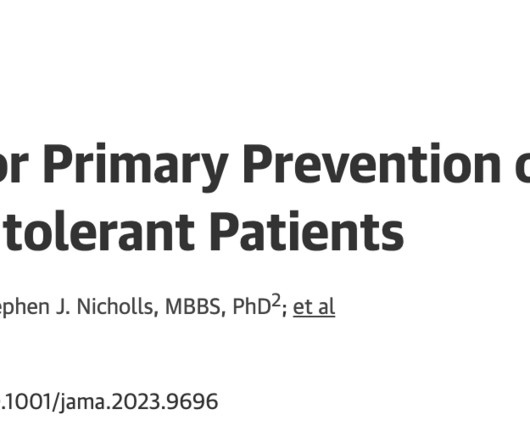
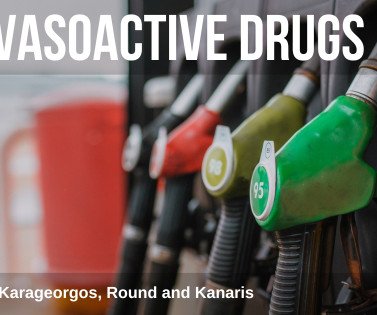


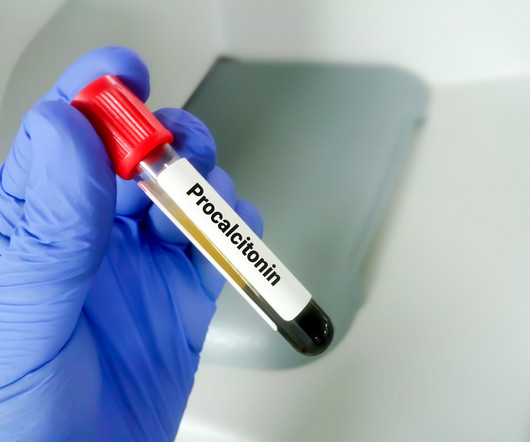

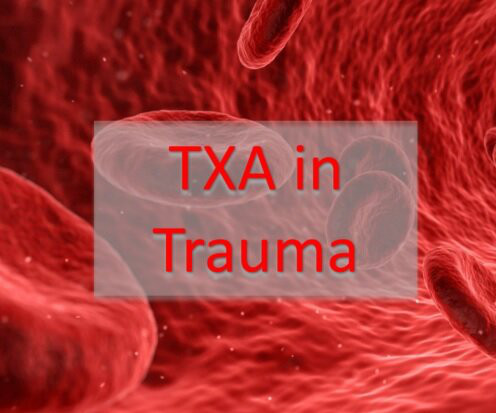


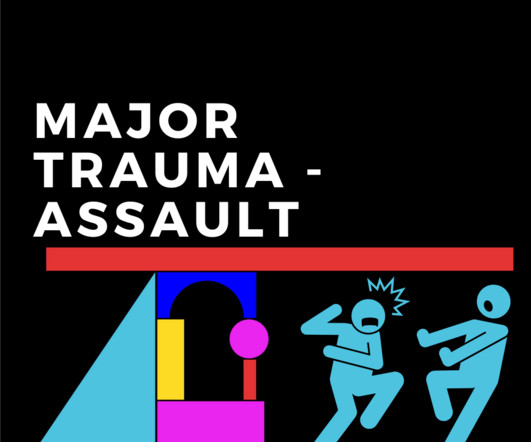




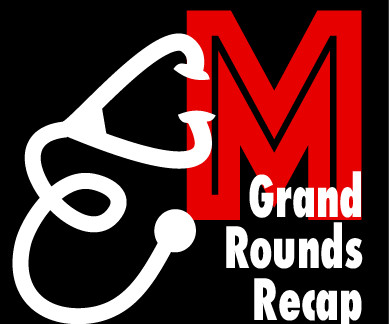




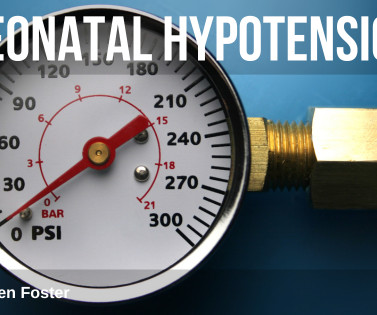








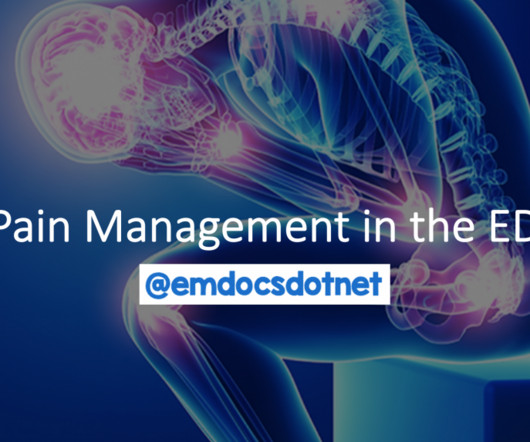

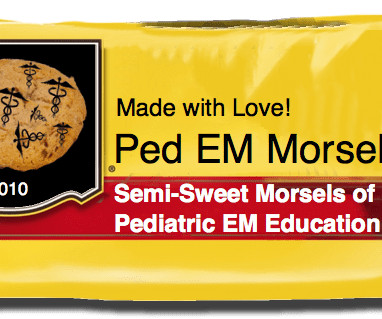

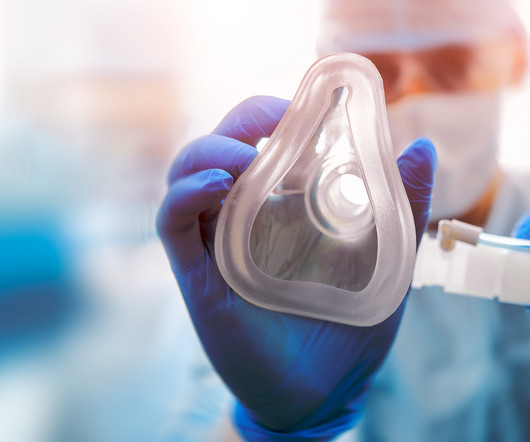






Let's personalize your content